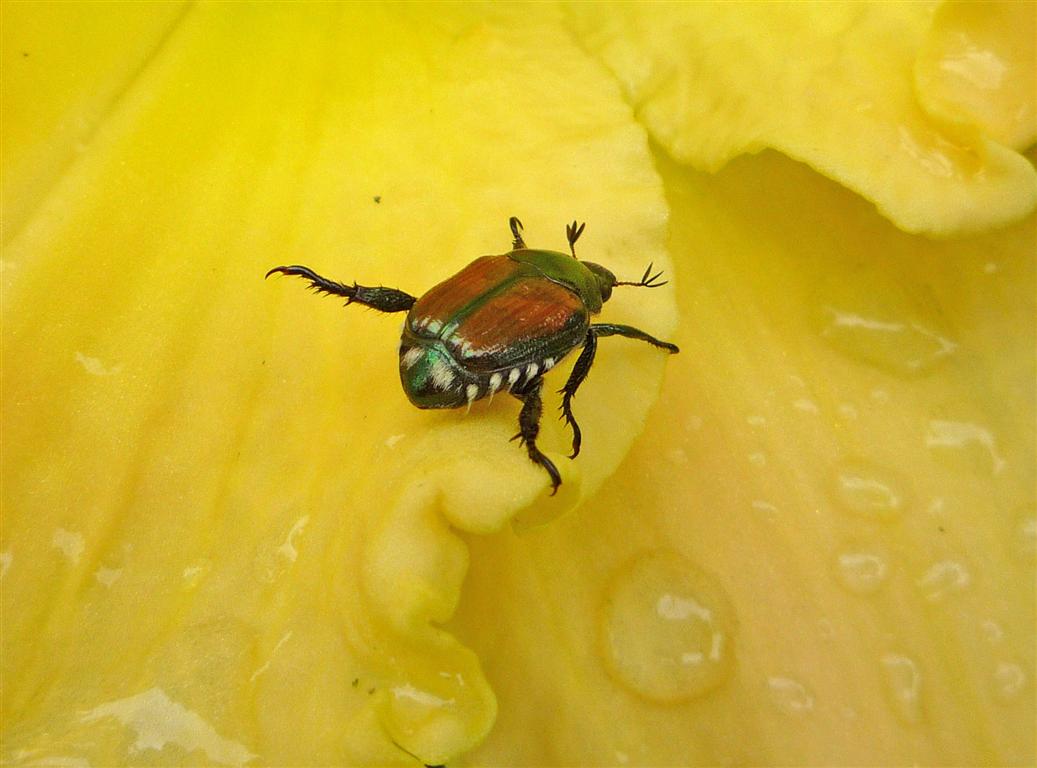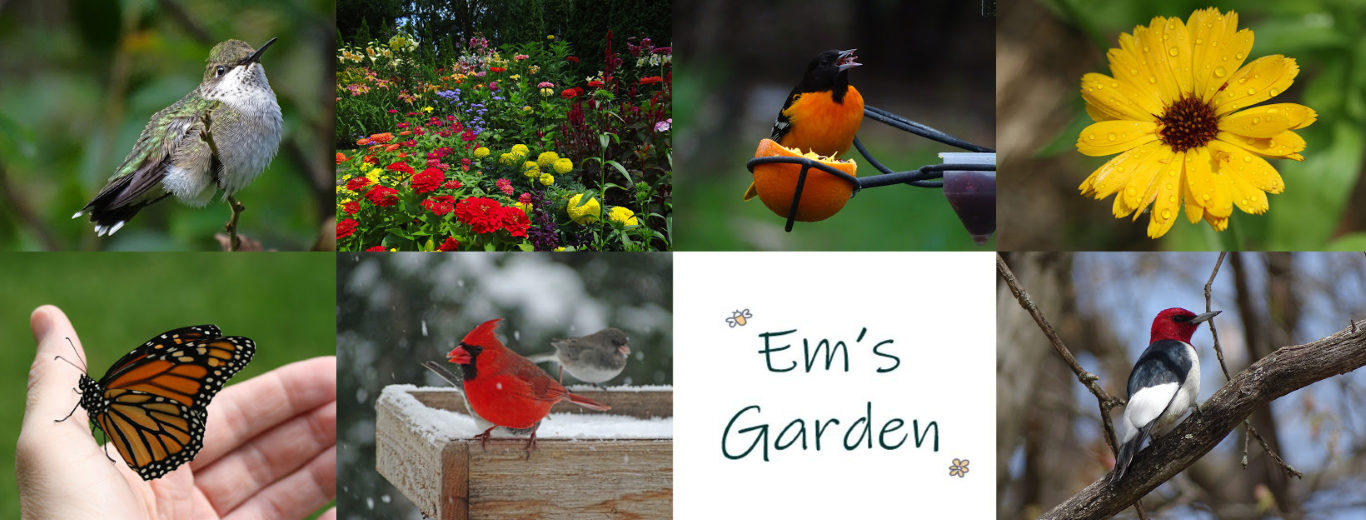
I usually find insects more fascinating than disgusting unless we’re talking about centipedes. Nothing makes me do the clichéd housewife-jumping-on-chair-to-avoid-the-mouse-routine faster.
I’m not as freaked out by millipedes, but I’m thankful that I’m not part of the massive millipede migration that’s taking place in our area. Millipedes eat organic matter at night and then search for damp, dark places to hide during the day. Because it’s been so hot and dry lately, people are finding millipedes in their basements and along their foundations in large numbers. A local entomologist reports that one man in our area filled “three five-gallon buckets of millipedes just from his culvert alone.” Yechhhhhhh!
The Japanese beetles are also very bad this summer. I have a 4-foot rose bush that they’ve stripped to lonely green canes. In the afternoons I can shake any of my rose bushes and hundreds of the beetles take flight. They are decimating my hollyhocks, zinnias and butterfly bushes and even chomping on my daylily blooms.
Not all of the insects are a nuisance. We’ve also seen a big surge in the firefly population. Their “shows” at dusk on humid nights have been fantastic. Our local entomologist says their abundance is due to last year’s lush, wet summer.
And finally, there’s a no-show. I haven’t seen a single gypsy moth caterpillar this summer. A virus hit them hard last year and just in the nick of time. Each fuzzy, brown egg mass you see on the trunks and branches of a tree can hold up to 1000 caterpillar eggs. Each caterpillar can consume up to one square foot of leaves each day. Last June I counted more than 20 egg masses on our healthiest oak. You do the math.
